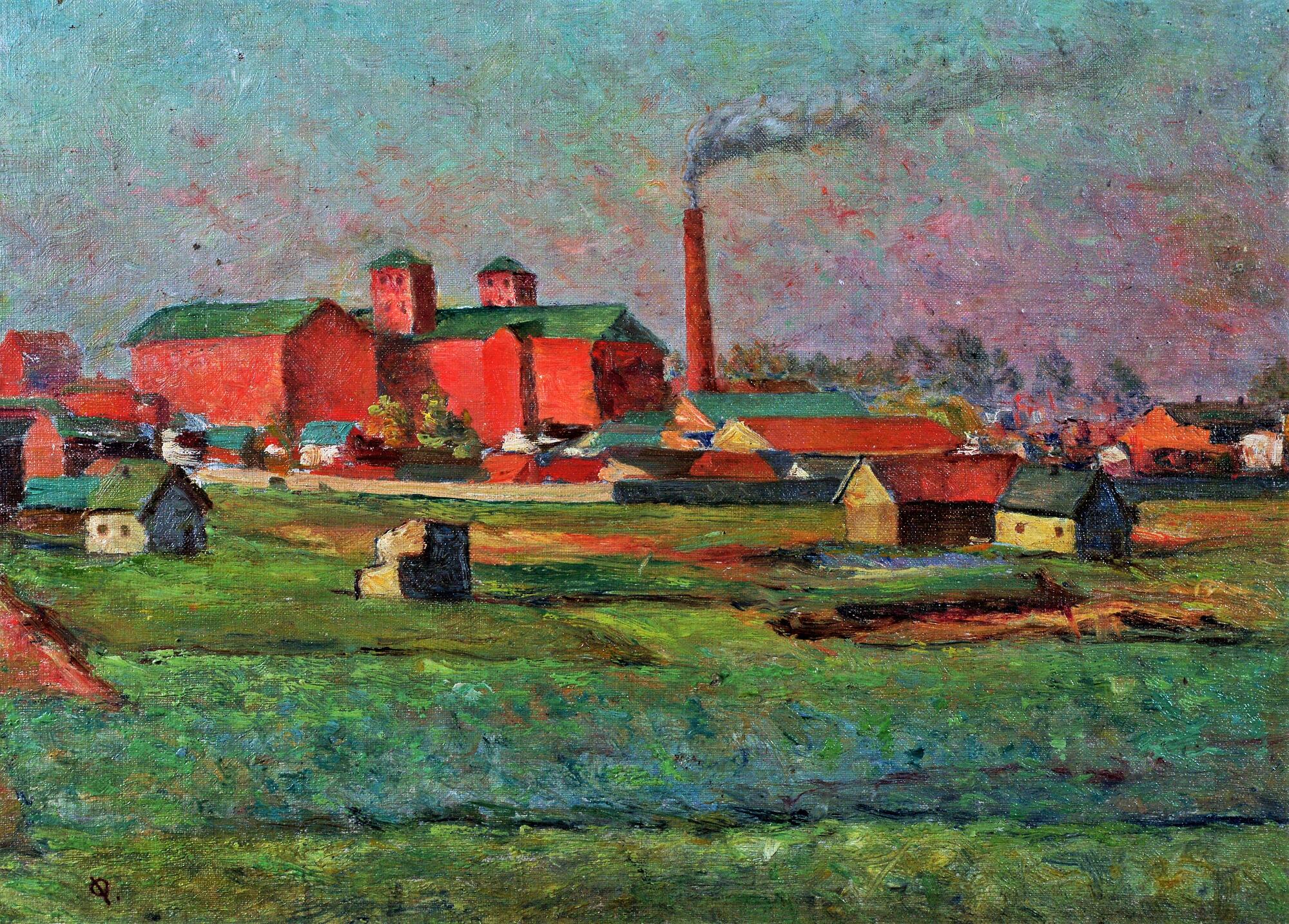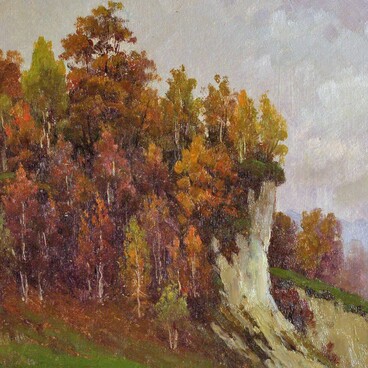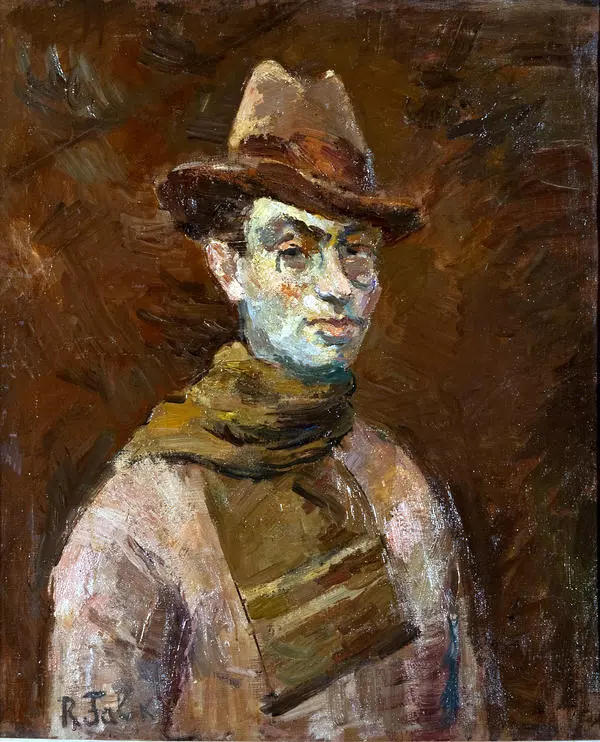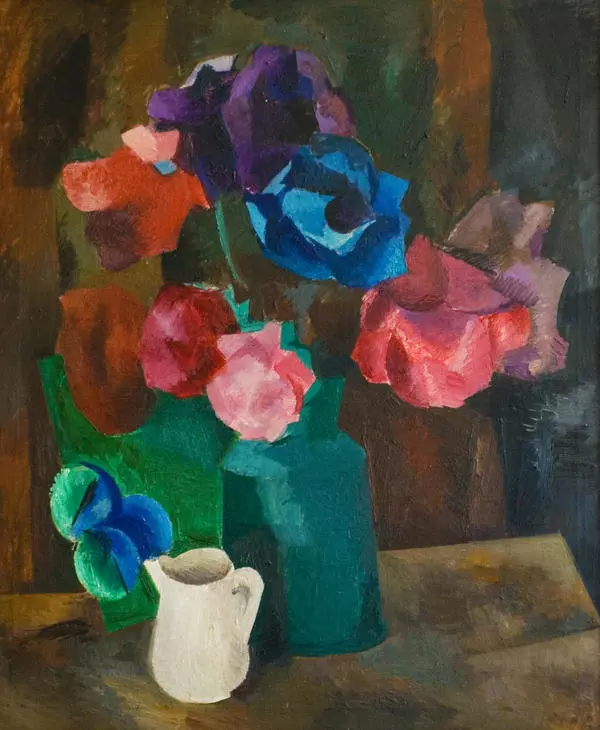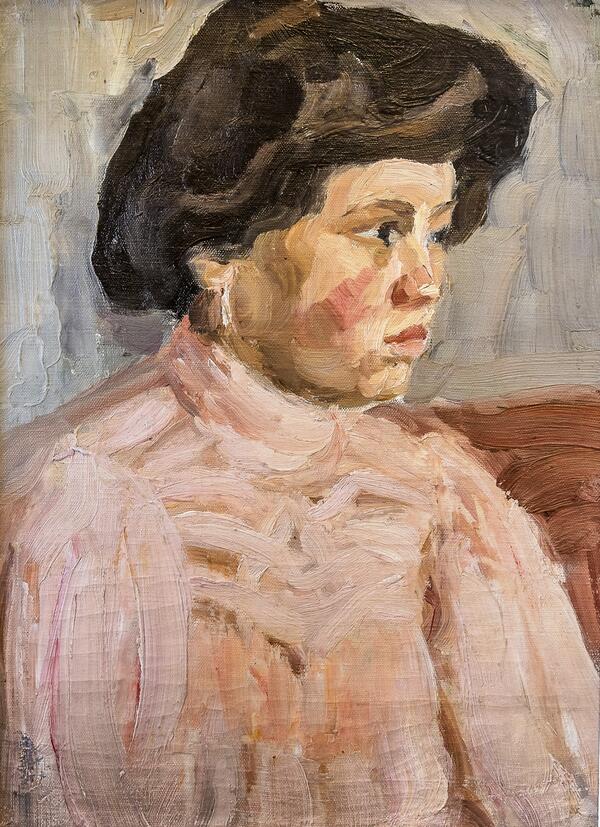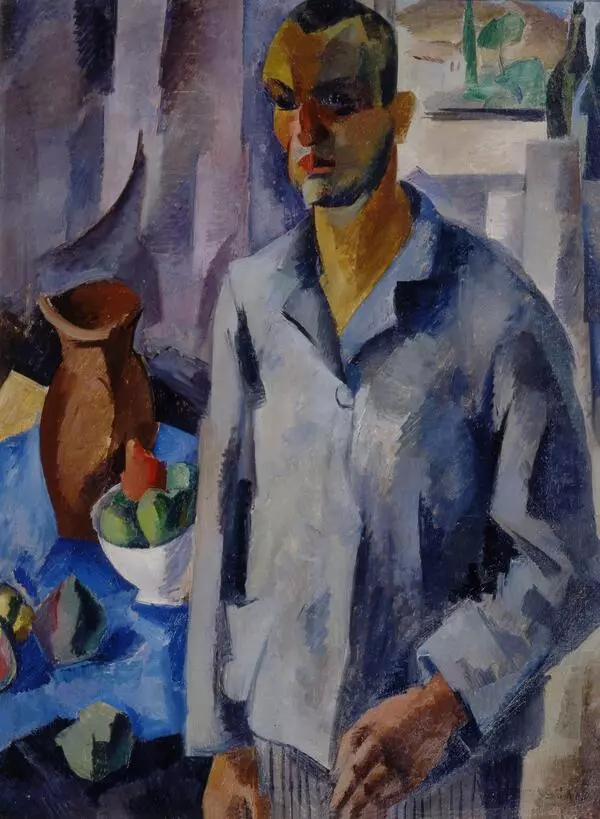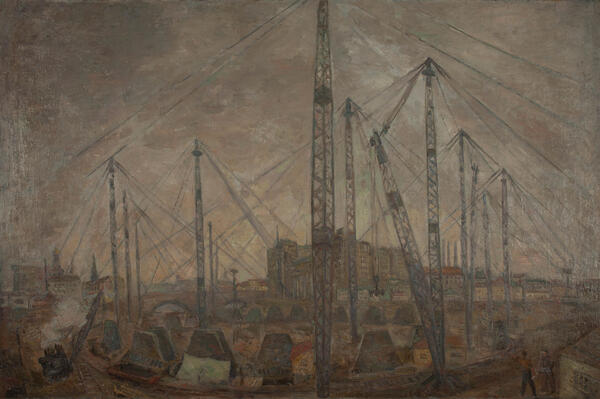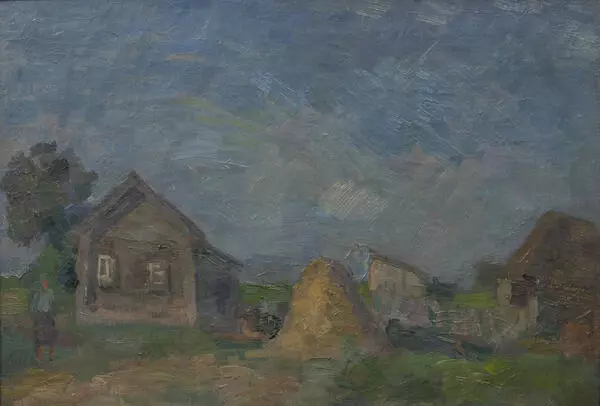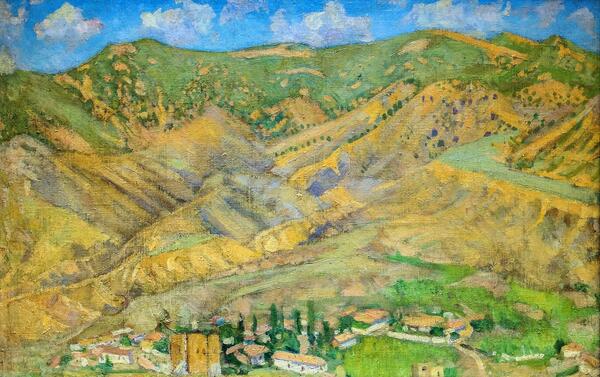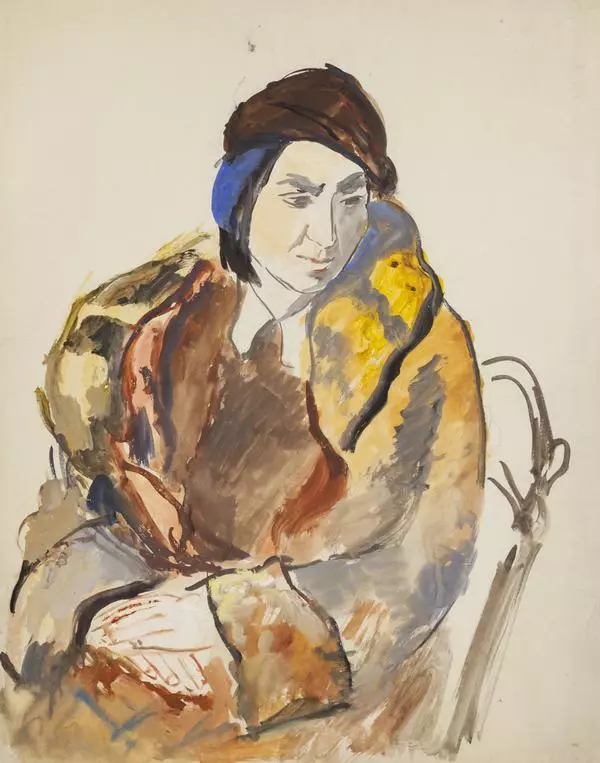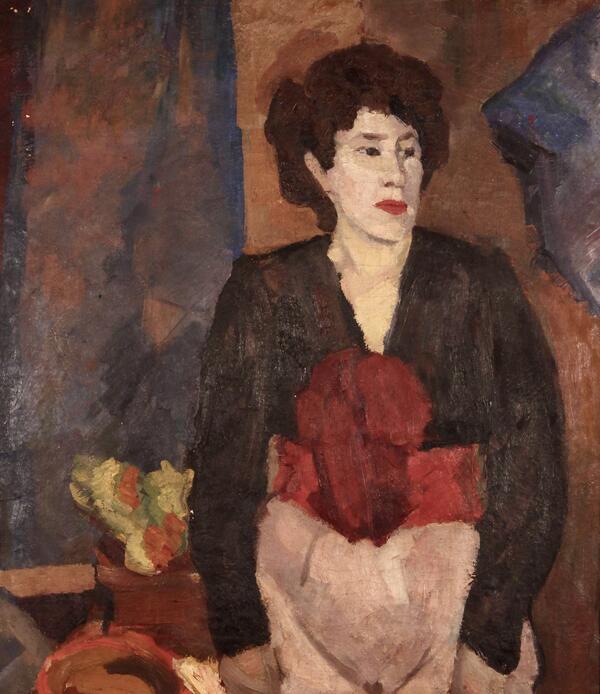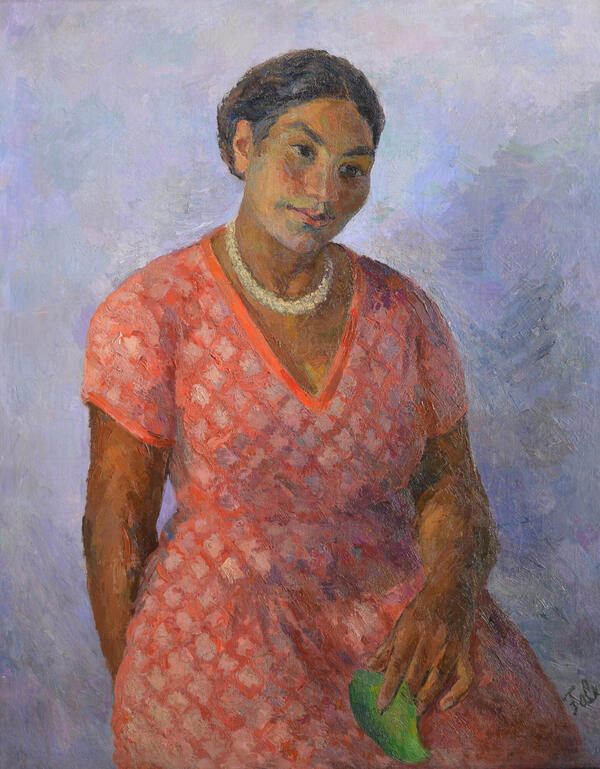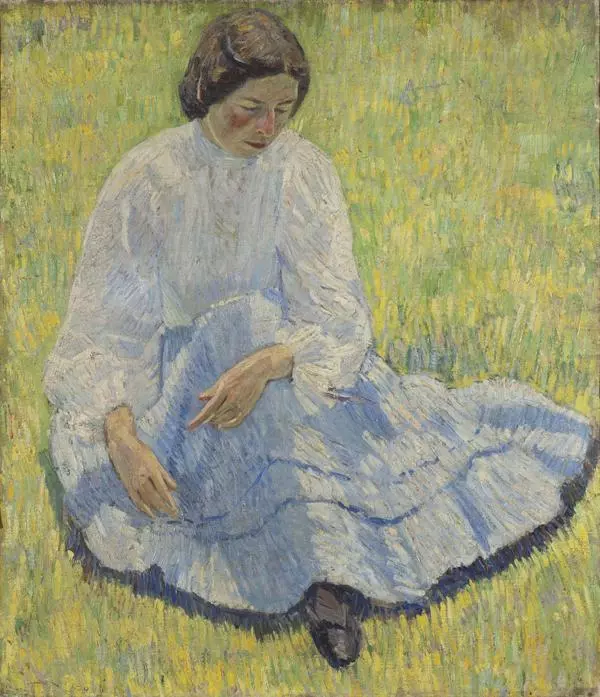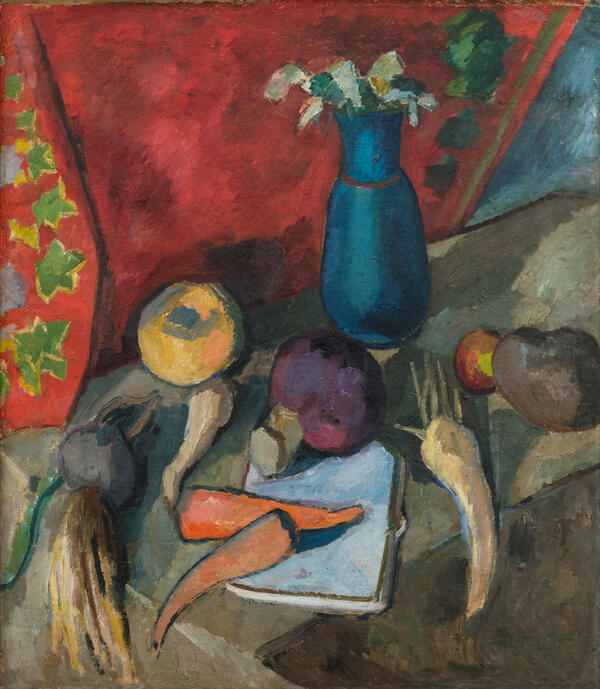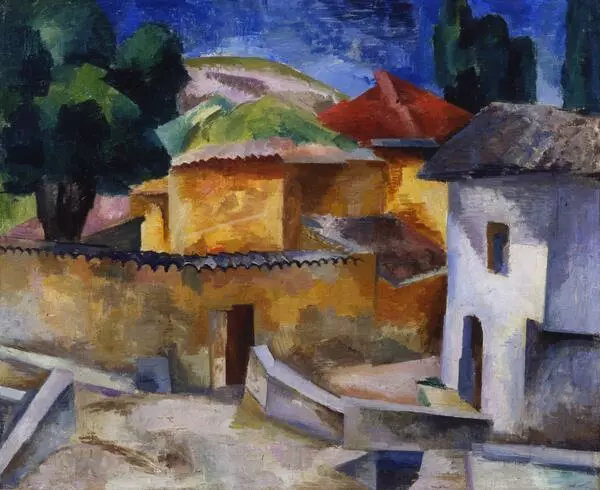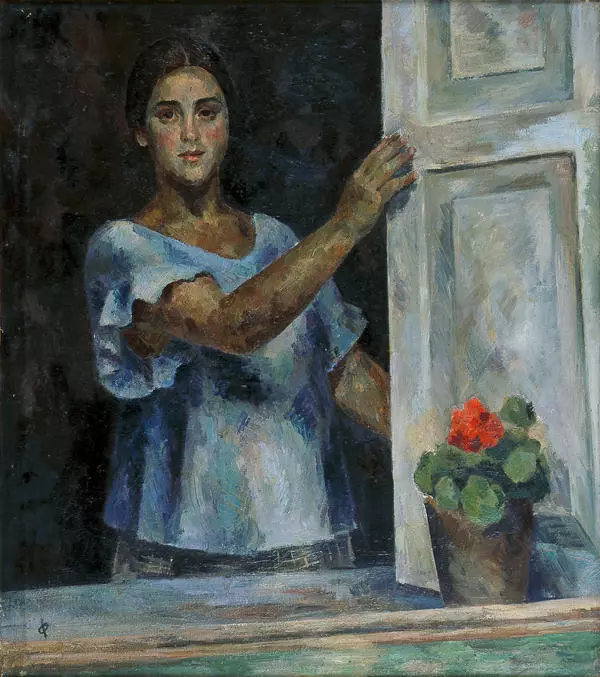Robert Falk is a Russian painter of Jewish origin; his works combine the features of Russian Art Nouveau and the avant-garde. He was born in Moscow in 1886, and attended drawing and painting classes at Konstantin Yuon and Ivan Dudin’s studio, at Ilya Mashkov’s private studio and later at the Moscow School of Painting, Sculpture, and Architecture.
In the first half of the 20th century, Falk became interested in Cubism, an art style based on the superposition of geometric shapes. He participated in the activities of the art association “Jack of Diamonds” and painted his pictures using angular splashes, saturated colors, and sharply distorted shapes. According to him, the Cubists sought “to accentuate the emotional expressiveness by shifting the forms” and to convey the mood of the painting.
The Shebekino History and Art Museum displays two works by Robert Falk, which are the exact opposites of each other.
In the first half of the 20th century, Falk became interested in Cubism, an art style based on the superposition of geometric shapes. He participated in the activities of the art association “Jack of Diamonds” and painted his pictures using angular splashes, saturated colors, and sharply distorted shapes. According to him, the Cubists sought “to accentuate the emotional expressiveness by shifting the forms” and to convey the mood of the painting.
The Shebekino History and Art Museum displays two works by Robert Falk, which are the exact opposites of each other.
